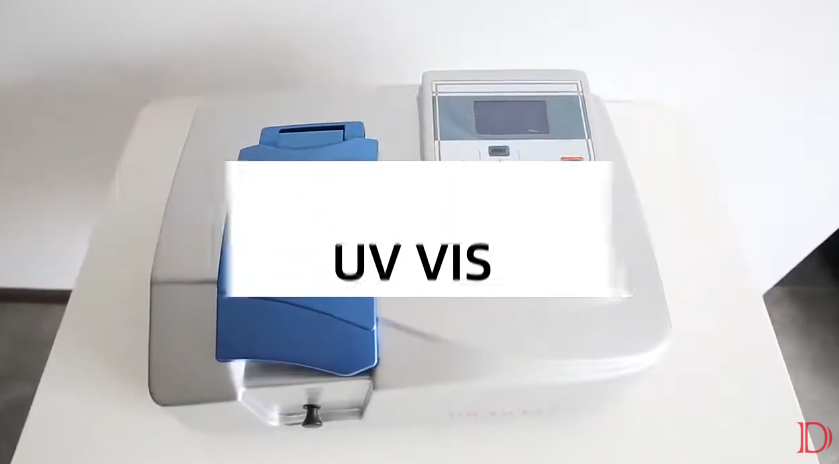The Nano Spectrophotometer: An Innovative Tool for the Analysis of Microscale Samples
In the realms of scientific research and laboratory analysis, developments in technology continue to revolutionize the ways in which we study and characterize the substances that are being investigated. One example of such an advancement is the nano spectrophotometer, a potent piece of apparatus that was developed to measure the amount of light that is absorbed and transmitted by substances in microscale volumes. This article's objective is to provide a comprehensive understanding of nano spectrophotometers by examining what these instruments are, how they function, and the numerous scientific fields in which they have found widespread application.
What exactly is meant by the term "Nano Spectrophotometer"?
A nano spectrophotometer is a specialized analytical instrument that is used to precisely analyze the properties of substances in extremely small sample volumes. It is also known as a microvolume spectrophotometer or a microspectrophotometer. Other names for this instrument include nano spectrophotometer and microspectrophotometer. Nano spectrophotometers allow for measurements to be taken with sample sizes as small as a few microliters or even nanoliters, in contrast to conventional spectrophotometers, which call for much larger sample volumes. When working with valuable or limited samples, it is especially helpful to have this reduction in the required sample volume.
What is the operation of a nano spectrophotometer?
The fundamental concepts of the absorbing and transmitting of light by substances are at the heart of the operation of nano spectrophotometers. When light is allowed to penetrate a sample, some of it is taken in by the molecules that are there, while the remaining light is allowed to pass through. The absorbance and transmission of light in the ultraviolet (UV), visible, and near-infrared (NIR) ranges are measured using a device called a nano spectrophotometer. These instruments consist of specialized optics, a light source, a detector, and a cuvette holder designed for microscale samples. The sample is placed in the cuvette holder, and the light is allowed to pass through it. the sample is typically held in a small cuvette or a specialized accessory. After that, the detector will measure the intensity of the light that has been transmitted, and the software of the instrument will then calculate the sample's absorbance based on the detected intensity.
Nano spectrophotometers find use in a diverse array of scientific fields due to the breadth and depth of their applicability. The following are some of their primary applications:1. Analysis of Nucleic Acid Nano spectrophotometers are widely used in the fields of molecular biology and genetics for the purpose of quantifying and evaluating the quality of samples of DNA, RNA, and oligonucleotides. Researchers are able to determine the concentration, purity, and integrity of nucleic acids. This information is essential for applications such as PCR, cloning, sequencing, and studies on gene expression.2. Protein Analysis: Accurately quantifying proteins is a prerequisite for a number of scientific disciplines, including biochemistry and structural biology. Researchers are now able to analyze the absorbance characteristics of proteins in microscale volumes using nano spectrophotometers, which enables them to measure the concentration of proteins, determine the purity of proteins, and find out how proteins interact with one another.3. Enzyme Kinetics: The investigation of enzyme kinetics necessitates the precise determination of enzyme concentrations as well as the measurement of reaction rates. This analysis is made easier by nano spectrophotometers because they make it possible to obtain precise measurements of enzyme concentration.
These measurements contribute to the comprehension of enzymatic mechanisms and the optimization of reaction conditions.4. The Characterization of Nanoparticles Nano spectrophotometers are an essential tool in the field of nanotechnology for the purpose of characterizing nanoparticles. Researchers are able to determine the size, concentration, and stability of nanoparticles by measuring their absorption spectra. This provides a significant contribution to the development of nanomaterials for a variety of applications, including drug delivery systems and electronic devices.
Because they enable accurate measurements of light absorption and transmission in extremely small volumes, nano spectrophotometers have made significant contributions to the advancement of the analysis of microscale samples. These instruments provide a number of benefits, including low minimum sample volume requirements, high accuracy, a wide range of application possibilities, and compatibility with a variety of specialized accessories. Their applications can be found in a wide variety of scientific fields, such as molecular biology, biochemistry, nanotechnology, and pharmaceutical research, among others. It is without a doubt that nano spectrophotometers will continue to play an essential role in the development of ground-breaking discoveries and innovations in the scientific community as technology continues to advance.
